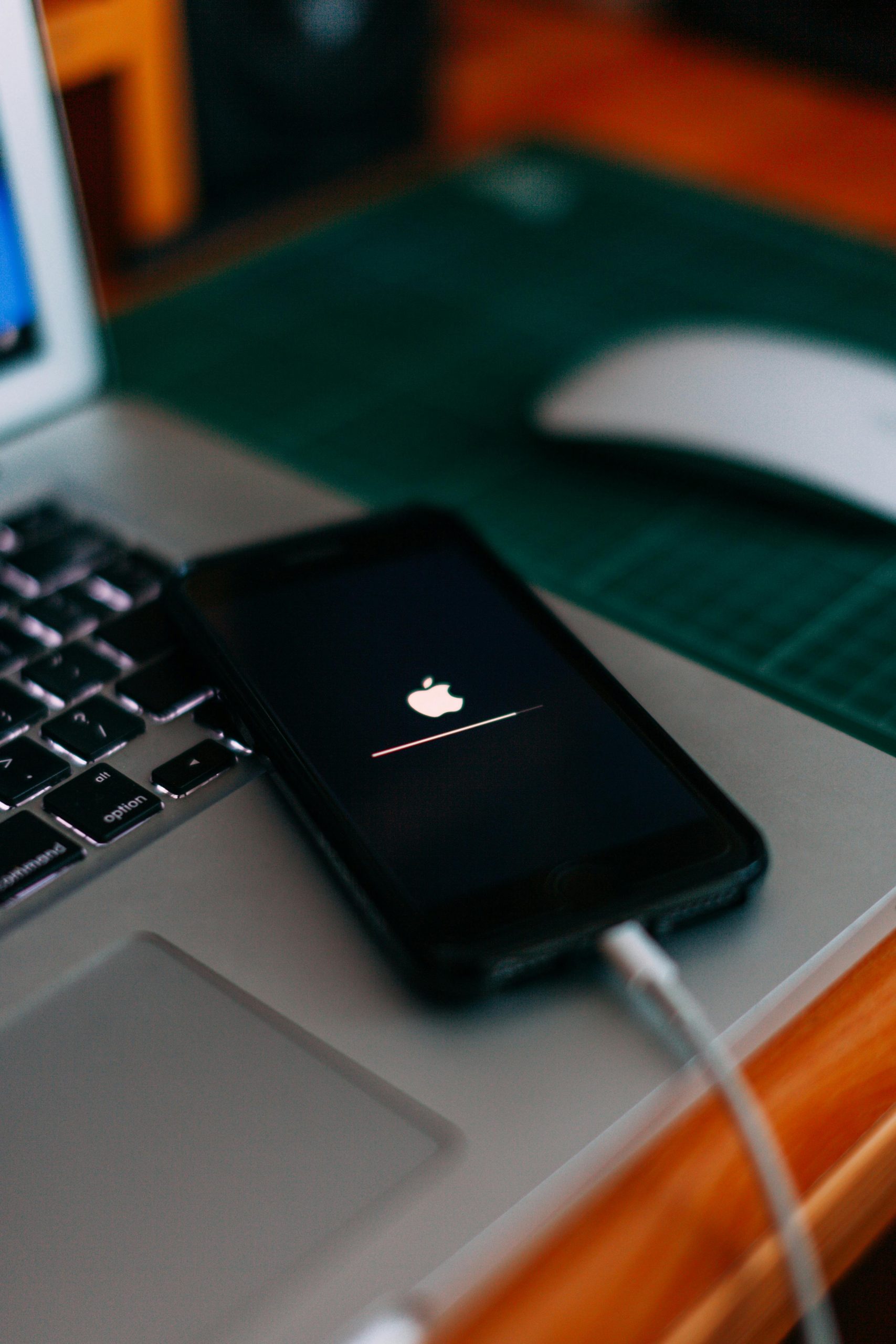Troubleshooting Power Issues After Display Replacement on ASUS ROG Zephyrus G16
If you’ve recently replaced the display on your ASUS ROG Zephyrus G16 (model GU603HE-211.2M16) and are facing power issues, you’re not alone. Many users encounter strange problems after hardware replacements, and it’s crucial to troubleshoot effectively to get your device back up and running.
The Situation
After carefully shutting down and disconnecting your laptop from its power source, you followed the necessary steps to replace the screen. Despite not powering the device during the process and neglecting to remove the battery beforehand, your laptop now shows no signs of life—no LED indicators, and it fails to turn on.
Initial Troubleshooting Steps
-
Battery Removal: It’s worth noting you attempted to remove the battery several times. While this is often a good initial step, be sure that all connections are secure before reinstalling it. Sometimes, a loose connection can prevent power from reaching the laptop.
-
Reverting to the Old Display: You mentioned testing the device with the original display, as well as having it disconnected altogether. If neither setup yields any signs of functioning, the issue may not lie solely with the display itself.
-
Motherboard Concerns: At this point, many users begin to question the state of their motherboard. Signs of physical damage, burnt components, or unusual odors can indicate potential motherboard failure.
What to Do Next?
-
Perform a Hard Reset: Disconnect all power sources and hold down the power button for 10-15 seconds. This can sometimes reset the hardware configurations.
-
Inspect Internal Connections: If you’re comfortable, open the laptop again and ensure all internal connections are secure, including the ones linking the motherboard to various components.
-
Seek Professional Assistance: If all else fails and the laptop remains unresponsive, it may be time to consult with a professional technician. They possess the tools and expertise to diagnose deeper issues that may not be apparent during basic troubleshooting.
Conclusion
Navigating hardware issues after a laptop repair can be frustrating, but don’t lose hope. With patience and careful investigation, it’s possible to identify the root of the problem or at least determine the next steps for assistance. If you’ve encountered similar challenges or have further tips, feel free to share your experiences in the comments below!
Share this content:




Hi there,
It sounds like you’ve taken some solid troubleshooting steps already. When dealing with no power and no LED indicators after display replacement, consider the following additional tips: